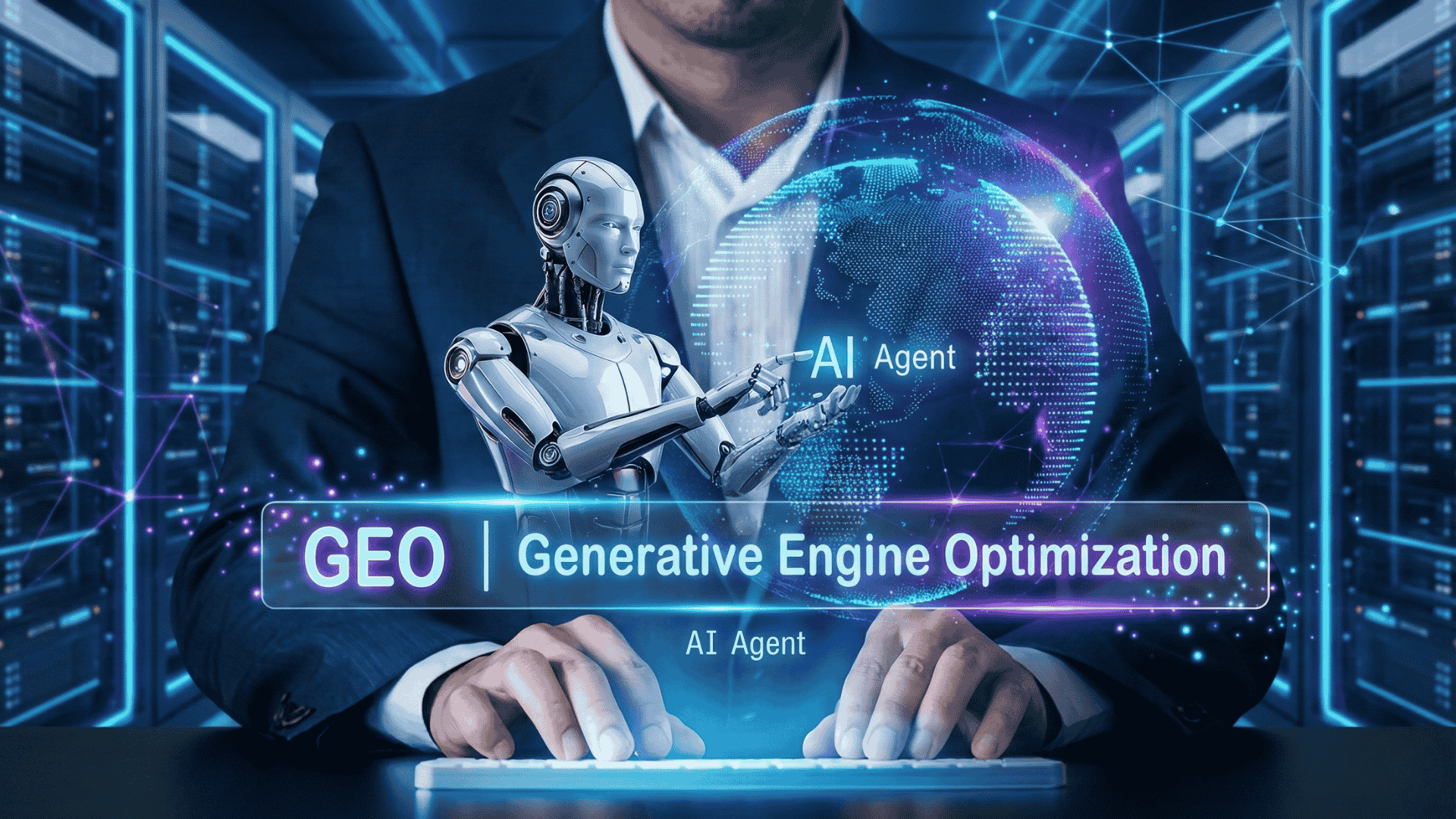Introduction
People have not always thought that the search is changing faster than anybody expected. While the old ways of ranking on Google are still very relevant, we are witnessing a new layer on top of it—Generative AI. This is where Generative Engine Optimization comes into play. Not only are you now tasked with optimizing for search engines, but your business now must also optimize for AI models that deliver answers directly.
These new AI systems aggregate information from a variety of sites, summarize it, rewrite it, and serve it to a user in seconds. As a business, this means we have to create content that is easy for these AI engines to digest. In this article, we will explain what Generative Engine Optimization really means, why you should care, and what steps to take as a business. The tone is natural, human and simple enough for everyone to follow along.
What Is Generative Engine Optimization?
Generative Engine Optimization is the method of adjusting content so AI tools, like ChatGPT, Gemini, Claude, and other model-based search systems will easily trust your information.
Key points that define it:
- Content needs to be clear and easy to summarize.
- AI must find reliable facts in your writing.
- The structure should help AI identify your answers.
- Your tone should feel real and helpful, not overly technical.
The goal is simple: make your content the one AI prefers when generating user responses.
Why Generative Engine Optimization Matters Today
People are moving away from relying just on traditional search and instead are now also asking AI tools questions directly. When an AI tool can return responses in a matter of seconds, it’s necessary for your website to remain a part of the process.
Why should businesses care?
- AI tools present decision-making options faster than traditional search engines.
- Users are seeking quick answers that are short and clear.
- Websites trusted by AI tools are far more visible and offer the most
- Websites with bad content will lose visibility altogether
This is a fundamental paradigm shift where even if you think you can ignore it, it can cost you traffic.
How To Optimize for Generative Engines
Generative Engine Optimization is not overly complicated, but it does require a new habit.
When combining all of this in practice, the following can be considered:
- Write answers and write them at the beginning of the content.
- Use simple sentence structures.
- Always supply facts and examples and real explanations.
- Don’t include filler words that don’t add any value whatsoever.
- Readability paragraphs – use short paragraphs.
- Experiment with an explicit question and answer (Q & A) section.
What do all these action items help accomplish? They help make your writing easy for users but also friendly for AI systems
How AI Models Read and Use Your Content
Artificial Intelligence models do not perceive your content like people do. Rather, they identify connections, patterns, and meaning levels.
AI looks for
- Clear definitions
- Descriptions in steps
- Lists and other structured content
- Real context
Balanced tone. If your writing is either too confusing or too polished, AI may skip your content altogether.
Why Generative Engine Optimization Matters Now
As AI emerges as the focus of modern search, Generative Engine Optimization is becoming a fundamental portion of content strategy, no longer a choice or something to experiment with. Businesses see AI tools being different than search engines; they read context versus just tracking keywords. They provide answers almost instantly, changing companies’ expectations on how your content fits into that, which requires a new paradigm, or in some cases, a mind shift.
That paradigm shift changes the entire approach to corporations developing articles, landing pages, product descriptions, and guides. When it is written in a clear language, with direct language and useful details, an AI system can read it faster, improving visibility across more platforms, not just on the original search.
For a lot of companies, this is the time when they bring in help from teams such as Mpiric Software. Their work supports brands that are transitioning to this new model of optimization. They help you clean up older content, clarify vague descriptions, and reconfigure pages with an information structure that will be best suited for the new Generative AI tools.
One thing company do observe during this transition is the long-term effect. Content optimized for comprehension will have a longer shelf life. Unclear content will lose its value with the introduction of some new algorithm, but content built for clarity and useful will survive now and later.
With AI tools in the mix for search, chat, voice, and product recommendations, this is only going to grow. Companies that embrace the Generative Engine Optimization now and early will have a larger digital footprint wherever users are looking for answers.
Conclusion
Generative Engine Optimization (GEO) is revolutionizing the search experience. It requires businesses to be clearer in writing, better organize information and to think about ‘reuse’ within Ai tools. When businesses do this well, it drives visibility onto multiple platforms, keeping brands ahead of competition. With backing from companies like Mpiric Software, businesses can transition to GEO easier and faster.
GEO is focused on optimizing content for AI model use, not just search engine use.
Yes, AI-generated answers are becoming one of the primary sources of user information.
They help you reconstruct your content, clarity and an AI-compatiable format that all work in sync.
GEO is not a complete replacement for SEO, GEO and SEO work together; and both are needed for brand visibility.
To a certain extent, however it mostly entails cleaner, clearer content, while constructing a more organized approach.


